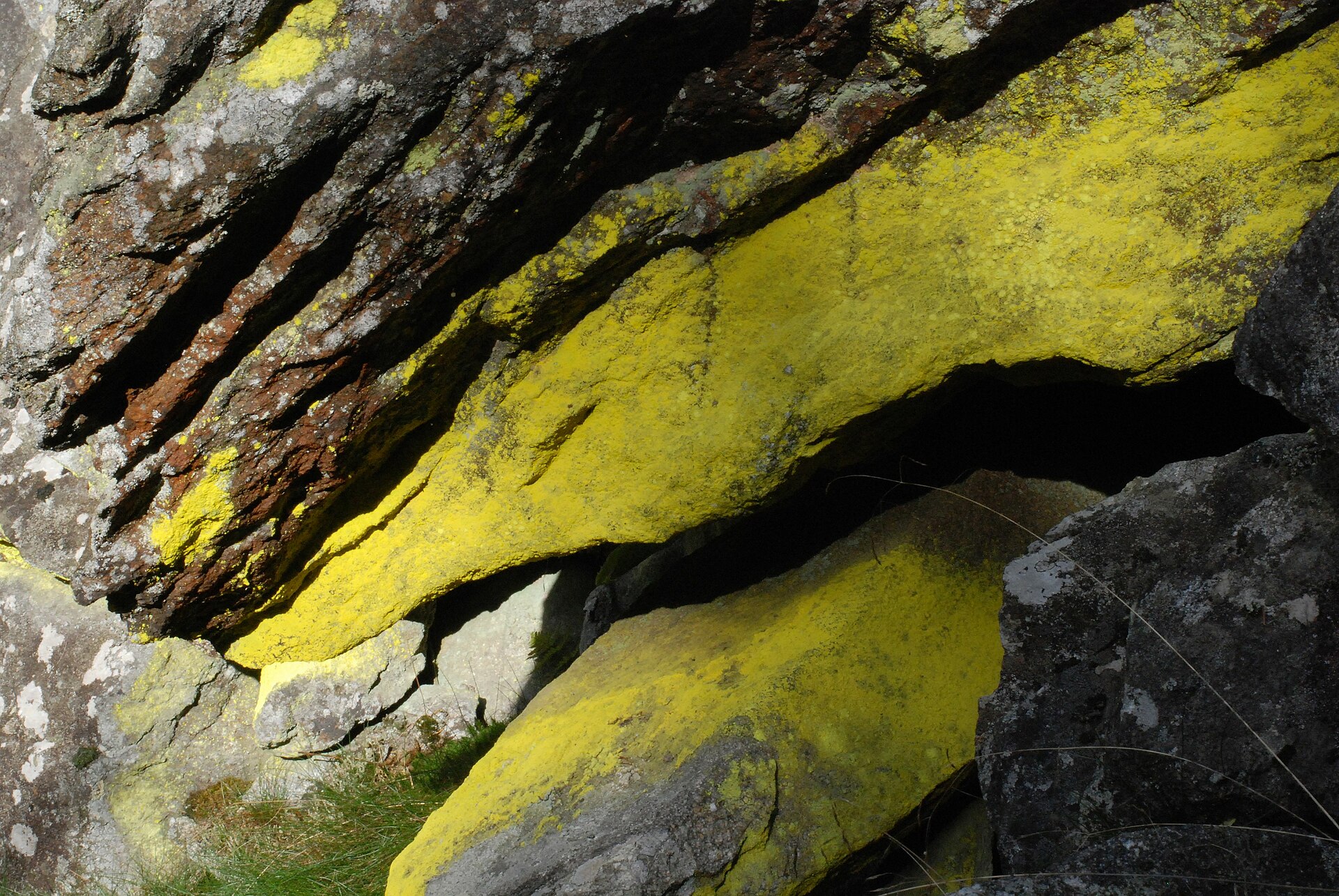Science
NASA Explores Synthetic Lichen for Future Martian Construction

NASA is advancing its plans for human settlement on Mars by researching innovative construction techniques that utilize local materials. A new approach involving synthetic lichen could significantly reduce costs and logistical challenges associated with transporting building materials from Earth. This technology aims to enable the construction of habitats on Mars using its own soil, primarily by producing sulphur concrete—a material with the potential strength comparable to or exceeding traditional cement.
Innovative Self-Growing Technology
The foundation of this construction method lies in a self-growing technology that incorporates living biomaterials for 3D printing structures. Researchers at Texas A&M University and the University of Nebraska-Lincoln are developing a synthetic lichen system that combines fungi and bacteria to grow building materials directly from Martian regolith, which consists of loose, fragmented surface material including dust and rocks. This process could occur autonomously, eliminating the need for human intervention.
Natural lichen, composed of algae or cyanobacteria in a symbiotic relationship with fungi, exhibits unique properties that differ from its individual components. The research team is leveraging these characteristics in their innovative approach, aiming to create materials suitable for the harsh Martian environment.
Research Methodology and Findings
The project falls under NASA’s Innovative Advanced Concepts program, focusing on bio-manufacturing engineered living materials. Previous methods for bonding Martian regolith particles—such as magnesium-based, sulphur-based, and geopolymer techniques—have proven to be impractical due to the anticipated scarcity of human resources on Mars.
To address this challenge, the research explores microbe-mediated self-growing technology. Various designs have emerged, including bacterial biomineralization to bind sand particles, and the use of ureolytic bacteria to produce calcium carbonate for bricks. Despite their promise, current practices remain dependent on specific microbial strains, requiring constant nutrient supplies and thus necessitating human intervention.
In contrast, the Texas A&M approach employs a synthetic microbial community that harnesses the strengths of multiple species. This eliminates the need for external nutrient supplies, as the system utilizes heterotrophic filamentous fungi to produce bonding materials. These fungi can survive extreme conditions and promote substantial biomineral production, while being paired with photoautotrophic diazotrophic cyanobacteria. This combination allows for effective growth and construction using only Martian regolith simulant, air, light, and an inorganic liquid medium.
Studies have shown that this co-cultured system exhibits robust growth without additional carbon or nitrogen sources, demonstrating its potential for sustainable construction on Mars. The findings will be published in the Journal of Manufacturing Science and Engineering under the title “Bio-Manufacturing of Engineered Living Materials for Martian Construction: Design of the Synthetic Community.”
This breakthrough research marks a significant step toward addressing the complex challenges of establishing human habitats on Mars. By utilizing local resources, the synthetic lichen technology could pave the way for sustainable living on the red planet, aligning with NASA’s long-term vision for space exploration and colonization.
-

 Science3 months ago
Science3 months agoToyoake City Proposes Daily Two-Hour Smartphone Use Limit
-

 Top Stories3 months ago
Top Stories3 months agoPedestrian Fatally Injured in Esquimalt Collision on August 14
-

 Health3 months ago
Health3 months agoB.C. Review Reveals Urgent Need for Rare-Disease Drug Reforms
-

 Technology3 months ago
Technology3 months agoDark Adventure Game “Bye Sweet Carole” Set for October Release
-

 World3 months ago
World3 months agoJimmy Lai’s Defense Challenges Charges Under National Security Law
-

 Lifestyle3 months ago
Lifestyle3 months agoVictoria’s Pop-Up Shop Shines Light on B.C.’s Wolf Cull
-

 Technology3 months ago
Technology3 months agoKonami Revives Iconic Metal Gear Solid Delta Ahead of Release
-

 Technology3 months ago
Technology3 months agoApple Expands Self-Service Repair Program to Canada
-

 Technology3 months ago
Technology3 months agoSnapmaker U1 Color 3D Printer Redefines Speed and Sustainability
-

 Technology3 months ago
Technology3 months agoAION Folding Knife: Redefining EDC Design with Premium Materials
-

 Business3 months ago
Business3 months agoGordon Murray Automotive Unveils S1 LM and Le Mans GTR at Monterey
-

 Technology3 months ago
Technology3 months agoSolve Today’s Wordle Challenge: Hints and Answer for August 19









